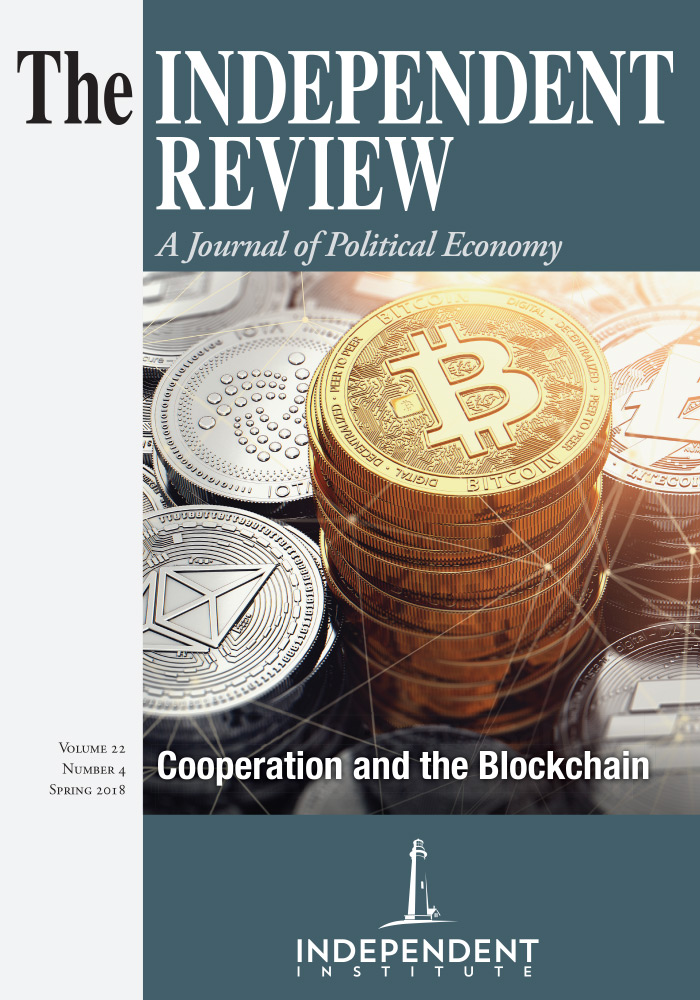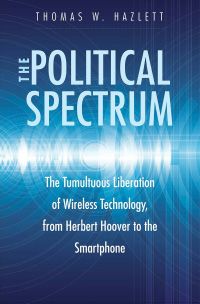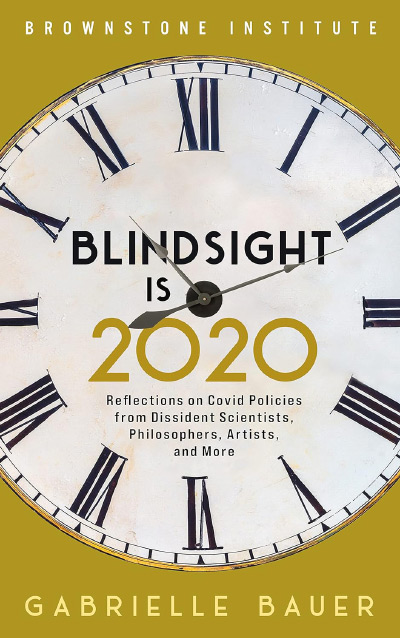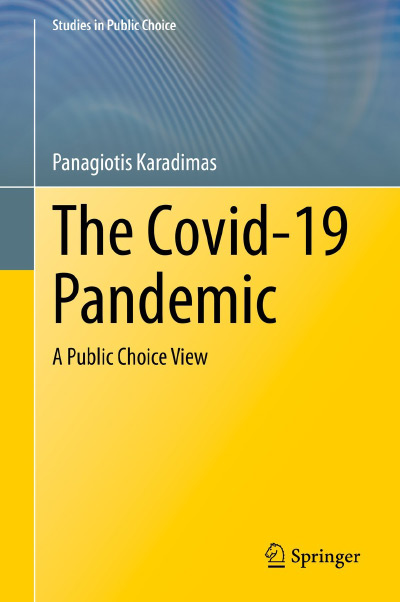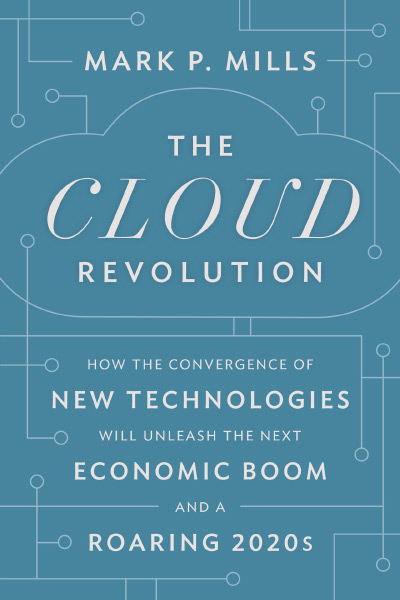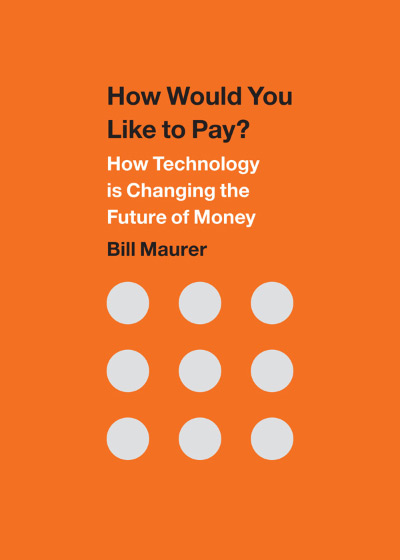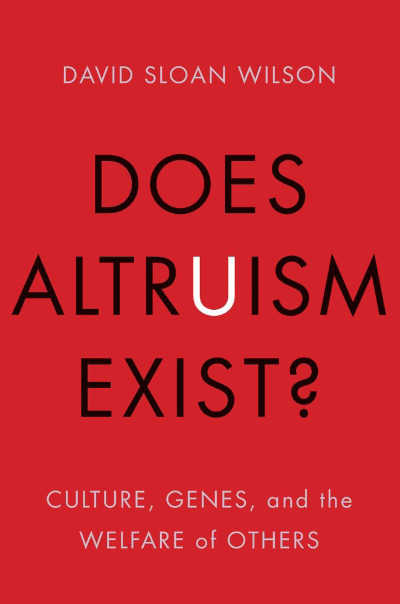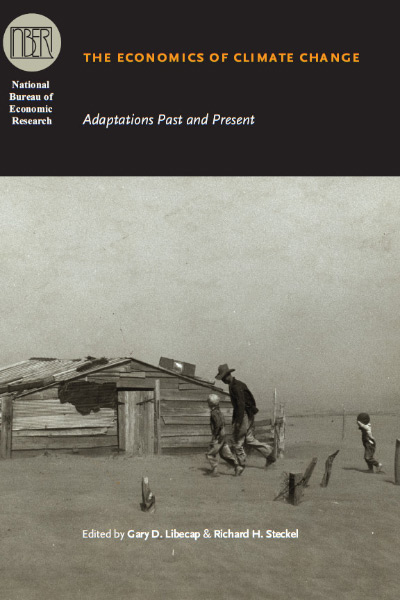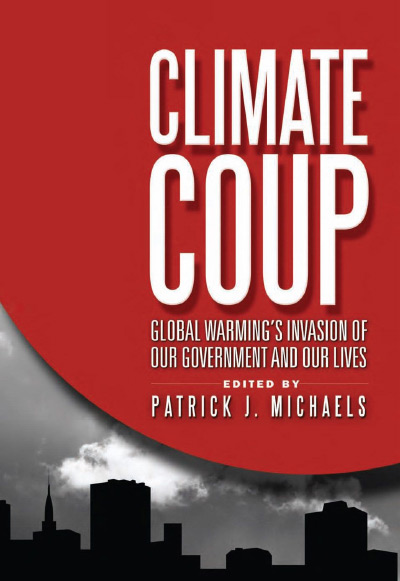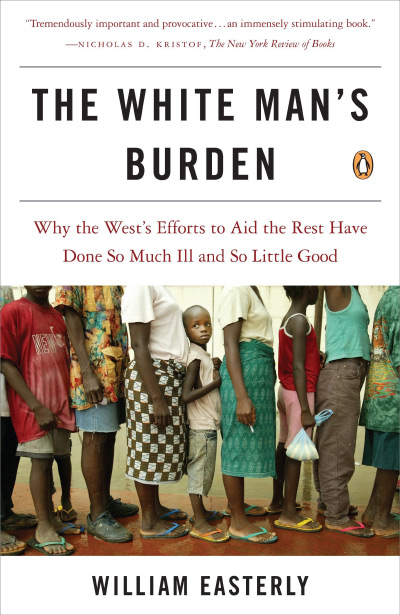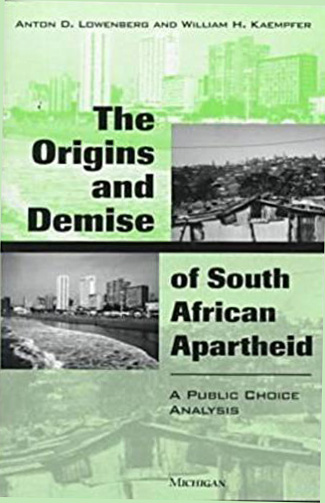For many, simply thinking of reading a century-long history covering the evolution of regulation of the electromagnetic spectrum would make their eyes glaze over. But Thomas Hazlett’s The Political Spectrum has turned that material into an interesting, informative, and powerful read, packed with important lessons and implications about markets, regulation, and public choice economics, illustrated with some eye-opening stories. In fact, his book provides one of the best-ever illustrations of what Ronald Reagan once called the nine scariest words in the English language: “I’m from the government and I’m here to help.”
One particularly important issue Hazlett demolishes in setting the stage for his analysis is the commonly-repeated assertion that markets were incapable of dealing with the “special characteristics” involved with spectrum allocation, so that chaos would result from relying on market mechanisms. That, in turn, necessitated government regulation “in the public interest,” and acted to excuse the problems and abuses which resulted from such needed regulation. Given that special interests and regulators make similar “this case is special” claims in many areas, which become the faulty premises rationalizing a host of unjustified regulatory incursions into individual property rights and economic freedom, recognizing this alleged market failure as in fact a government failure is crucially important, with widespread applications.
In fact, early on, government enforcement of common law and the priority-in-use principle under the Radio Act of 1912 had enabled a growing market in AM broadcasting. It was not chaos. But then-Secretary of Commerce Herbert Hoover, who had unsuccessfully pushed legislation to give him far more power over the industry and its content, strategically announced that the Commerce Department “could no longer ‘police the airwaves’.” That abandonment of government’s very limited but justifiable role of protecting property rights created the chaos that has been erroneously blamed on markets ever since. Hoover even admitted the ruse, when he wrote, “One of our troubles in getting legislation was the very success of the voluntary system we had created” (p. 41).
That disguised government-created chaos soon produced the Federal Radio Commission (FRC), which became the Federal Communications Commission (FCC) in 1934. Micromanagement of technology, content, permissible uses and allowable change, and other business decisions followed. Hazlett reveals a foot-dragging bureaucracy (where “six to thirteen years is the best case” for even successful applications), but whose “Mother may I” approach to any change in the status quo stifled incredible technological advances and huge improvements in consumer well-being, more than justifying The Political Spectrum’s opening quote from James Madison: “How easily are base and selfish measures masked by pretexts of pubic good and apparent efficacy.”
The bureaucracy turned spectrum allocations into a wasteful political gridlock, delivering a massively inefficient underuse of the spectrum that could have been made available. As Hazlett summarizes it: (p. 6)
Economic interests jockey to push (or keep) frequency allocations favoring their competitive niche—broadcasters to protect the TV allocation table of 1952; cellular phone carriers to repurpose TV band spectrum for mobile licenses; cable TV operators for set-asides dedicated to “unlicensed” use...Meanwhile regulators and communications law firms unite to defend the labor intensive bureaucratic labyrinth handling all such requests under a nineteenth century policy technology ...codified in the Radio Act of 1927.
How were innovators, and the consumers they aimed to better serve, treated in the process? Edwin Howard Armstrong’s story provides a vivid answer. Armstrong, the father of FM radio, “saw in the development of FM the opportunity to free the U.S. radio system of oppressive restriction and regulation,” according to his biographer (p. 65). But in 1944, when people had great expectations for FM’s superior performance, NBC and CBS proposed relocating the frequencies allocated to FM stations, which would render all existing FM equipment unusable, allegedly to help FM avoid “ionospheric interference” from sunspots. Armstrong produced extensive evidence to refute the claim, the government’s expert pronounced any such fears “unfounded,” and a congressionally-created FM advisory panel opposed the proposal, 19 to 4. The result? In 1945, the FCC followed the networks’ prompting, essentially killing FM. Armstrong ended up committing suicide in 1954, and FM was not commercially resurrected until 1960, at which point it far outcompeted AM radio. And similar supposed “technical reasons” have continued to generate FCC abuses.
Broadcasters looking to offer consumers alternative approaches and voices also suffered from FCC regulation. Hazlett demonstrates this in several ways, including explaining how regulators managed to exclude “any broadcaster with a cause,” and how regulatory allocations killed what would have been a fourth national network, thus allowing only the “big three” networks to compete throughout the country, in his chapter, “The Death of Dumont.”
Hazlett also documents the power which the FCC gave regulators, who could often get what they wanted simply using “regulation by raised eyebrow,” and similarly for politicians. He explains how Lyndon Johnson became one of the richest retired presidents by securing the only broadcasting license for Austin, Texas, in exchange for help as a Congressman in securing FCC budgetary funding. He lays out how politicians in both parties punished “unfriendly” broadcasters. He even documents multiple Commerce Committee chairmen exploding at any FCC reform that would have benefitted consumers, but would undermine their power.
In other words, Hazlett demonstrates that FCC regulation has been a long and tortuous violation of the public interest, rather than a defense of it. What could we do about it if, as claimed since the FCC’s origins, market mechanisms cannot handle this “special case”? Not much. But here, Hazlett presents the work of Nobel Prize winning economist Ronald Coase—“The Federal Communication Commission” (1959) and “The Problem of Social Cost” (1960), both published in in the Journal of Law and Economics (the latter is now the most cited article in the history of economics).
Coase argued that there wasn’t any real reason why markets could not overcome chaos to produce social cooperation far more effectively than the FCC’s death grip, if the government would only let them. Clear property rights would allow self-interest, combined with the market’s requirement of mutual agreement, to overcome the delays and inefficiencies generated by the FCC and more flexibly and effectively innovate to address problems. Coase and his ideas traveled a long and circuitous road from ridicule and attack to increasing acceptance among economists and policy makers, and Hazlett’s presentation of that journey offers a powerful presentation of how his analytical insight might remake the modern electromagnetic world.
In most areas of FCC regulation, Coase has still not won against hidebound resistance. Most spectrum is still dictated bureaucratically. But in one area—mobile phones—producers have, especially for the last decade, been able to buy bandwidth in the market place, via spectrum auctions. And Hazlett details an amazing flood of innovations that have come about as a result, with many more on the horizon. There may never have been a more overwhelming “proof of concept” that markets can outpace regulatory dictates by orders of magnitude. That provides Hazlett hope that such advances can be expanded, based on auctions of spectrum overlay rights, which allow voluntary agreements and innovations to better use our electromagnetic resources. But that hope depends on overcoming the opposition of the interlocking power structure of politicians, bureaucrats and incumbent holders of spectrum rights, who have proven highly durable at denying improvements, in an almost uncountable number of areas. That will be a daunting challenge. But if it is to be met, Thomas Hazlett will have done a great deal of the work to make it possible.
Hazlett knows where the bodies of FCC victims have been laid, as well as how and by whom, both from years of research and a stint as the FCC’s chief economist. In the complex area of spectrum usage, that expertise is invaluable to understand the issues and recognize where there is hope for improvement. That can make The Political Spectrum one of the most important and revolutionary books in years, if people read it. I highly recommend that anyone who reads The Independent Review join that revolution.
| Other Independent Review articles by Gary M. Galles | ||
| Summer 2021 | The Big Government We Love to Hate: Exploring the Roots of Political Malaise | |
| Fall 2020 | Charter Schools and Their Enemies | |
| Spring 2020 | Do Markets Corrupt Our Morals? | |
| [View All (5)] | ||

